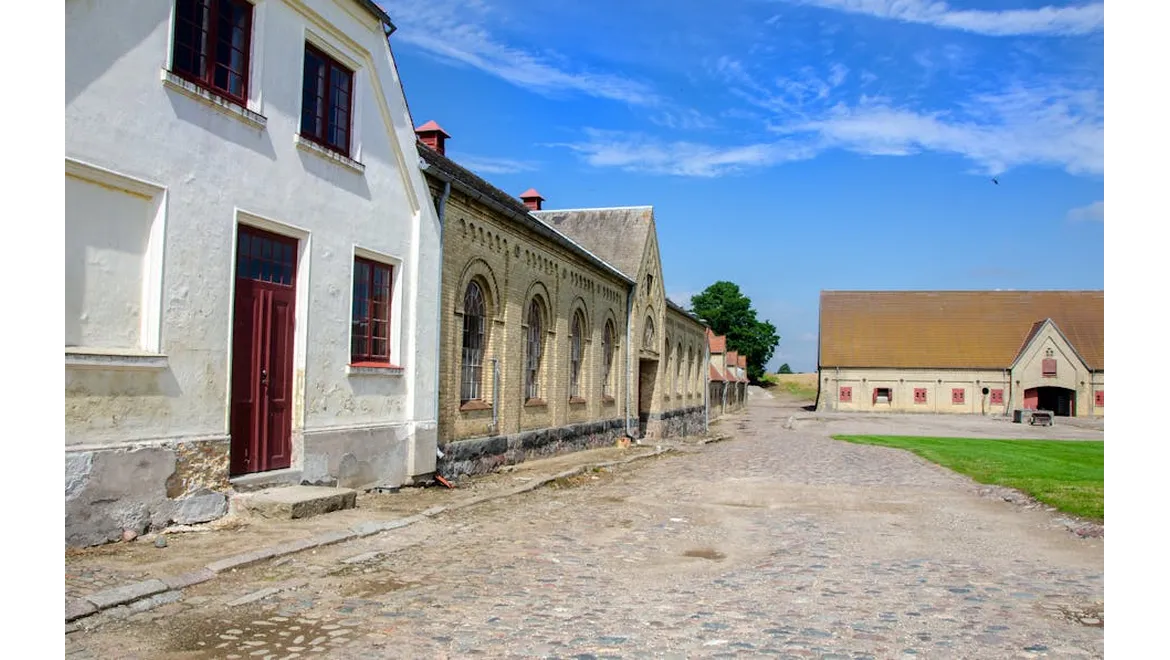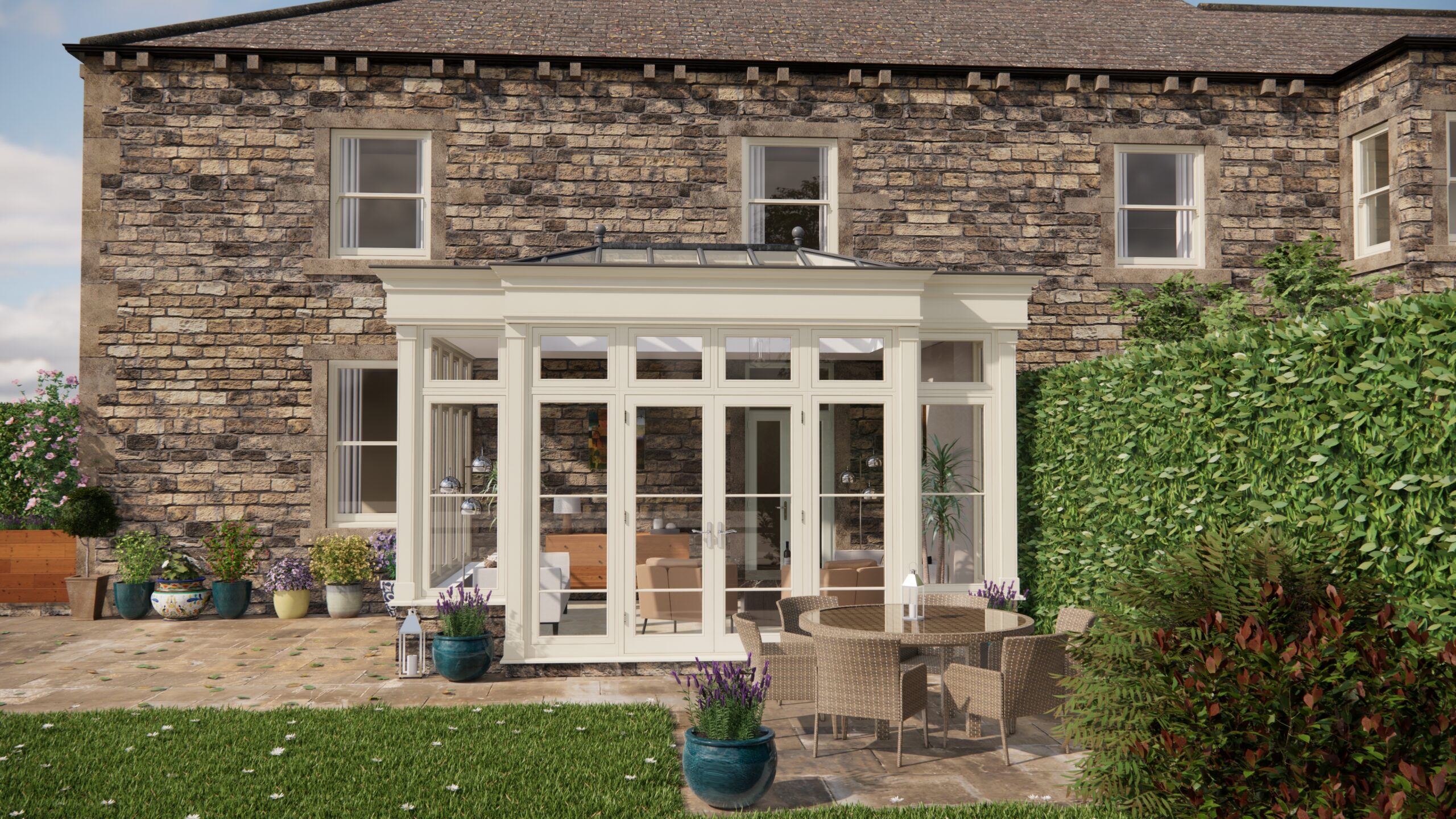Right, let’s talk about something every UK homeowner contemplating an orangery or outbuilding dreads: damp. It’s the nemesis of any beautiful brickwork, and believe me, I’ve spent enough time wrestling with it to feel like a seasoned pro. I’m going to share some of what I’ve picked up writing about construction projects, specifically focusing on damp-proofing. This isn’t just theory; it’s practical advice honed from countless hours of research and pouring over building regulations. Forget mould, rot, and that musty smell – let’s get these structures watertight!
Understanding the Enemy: Types of Damp
First things first, you’ve got to know what you’re fighting. Rising damp, penetrating damp, and condensation are the usual suspects. Rising damp is groundwater wicking up through the brickwork. Penetrating damp comes from rainwater seeping through walls (often due to cracks or porous materials). Condensation happens when warm, moist air meets cold surfaces. Each needs a different approach, so proper diagnosis is crucial.
The Foundation of Defence: Damp-Proof Courses (DPCs)
The DPC is your first line of defence against rising damp. It’s a horizontal barrier, traditionally made of slate, bitumen, or plastic, installed within the wall near ground level. For existing buildings, you might need to inject a chemical DPC; a process where holes are drilled at regular intervals and a damp-proof cream or fluid is injected. Always use a reputable product and follow the manufacturer’s instructions meticulously. Replacing a physical DPC is a much bigger job but is necessary if the existing one has failed completely. Remember to always ensure proper ventilation around the sub-floor to prevent moisture build-up.
Subterranean Shields: Damp-Proof Membranes (DPMs)
For floors, especially concrete slabs, a DPM is essential. This is a sheet of impermeable material (usually thick plastic) laid beneath the concrete to prevent moisture rising from the ground. It should be at least 1200 gauge (300 microns) thick. Overlap the edges by at least 150mm and seal them with DPM tape to create a continuous barrier. The DPM should also turn up at the edges of the slab to meet with the DPC in the walls, creating a fully sealed envelope. This prevents moisture from bypassing the floor altogether. Always ensure the sub-base is properly compacted and level before laying the DPM to prevent punctures.
Surface Protection: Waterproof Coatings and Sealants
Walls need protection from penetrating damp, especially those exposed to prevailing winds. Waterproof coatings and sealants are your allies here. Choose a breathable product that allows moisture to escape from the inside, preventing it from being trapped and causing damage. Consider the type of brick or stone; some materials require specific coatings. Apply the coating according to the manufacturer’s instructions, paying close attention to joints and areas prone to cracking. Check the weather forecast before you start, as you’ll need a dry spell for proper application and curing. Remember, these coatings need to be reapplied periodically to maintain their effectiveness.
Ventilation: The Unsung Hero
Condensation is often overlooked, but it can cause serious problems. Proper ventilation is key to managing moisture levels. Ensure adequate ventilation in the orangery or outbuilding by installing vents, extractor fans (especially in bathrooms or kitchens), or even considering a mechanical ventilation system. Open windows regularly to allow fresh air to circulate. If you have single-glazed windows, consider upgrading to double or triple glazing to reduce condensation on the glass. Also, think about the placement of furniture. Avoid placing large items directly against external walls, as this can restrict airflow and create cold spots where condensation can form.
Matching Materials & Planning Considerations
When it comes to materials for your orangery or outbuilding, choose wisely. Consider the existing property. Using matching bricks and roof tiles is more than just aesthetics; it helps maintain the building’s character and can be a requirement for planning permission, especially for listed buildings. Remember to check with your local planning authority before starting any work. Building regulations will also dictate minimum standards for damp-proofing and weather resistance.
So, we’ve looked at the different types of damp and the strategies for tackling them, from implementing physical barriers like DPCs and DPMs to using breathable waterproof coatings and ensuring ample ventilation. Each element plays a crucial role in creating a durable and comfortable space. Remember to consider the existing building and local regulations, as these influence your approach and choice of materials. Getting this right at the start will save you a world of pain, not to mention money, down the line.


